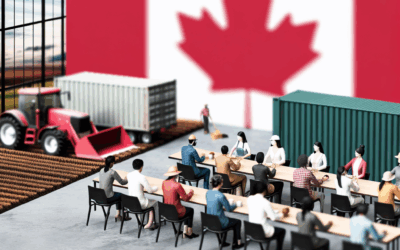Understanding Gas & Energy Prices in Canada
Gas and energy prices in Canada are a critical concern for households, businesses, and policymakers alike. As one of the world’s largest energy producers, Canada’s energy market is influenced by a mix of domestic and global factors, including supply and demand, geopolitical events, and environmental policies. Whether you’re a consumer feeling the pinch at the pump or a business owner managing operational costs, understanding the dynamics behind these prices is essential. This article explores the key drivers of gas and energy costs in Canada, regional variations, government policies, and future trends shaping the industry. By the end, you’ll have a clearer picture of what affects your energy bills and how to navigate this complex landscape.
Key Factors Influencing Gas & Energy Prices
Several elements contribute to the fluctuation of gas and energy prices in Canada. Global oil markets play a significant role, as Canada exports a substantial portion of its crude oil, making prices susceptible to international trends. Supply chain disruptions, such as pipeline constraints or refinery outages, can lead to sudden price spikes. Additionally, seasonal demand impacts costs—winter heating needs drive up natural gas prices, while summer travel increases gasoline demand. Environmental policies, including carbon taxes and clean energy incentives, also shape pricing structures. Understanding these interconnected factors helps explain why prices vary and what consumers can expect in different scenarios.
Regional Variations Across Canada
Canada’s vast geography leads to significant regional differences in gas and energy prices. Provinces like Alberta and Saskatchewan, with abundant oil and gas reserves, often enjoy lower fuel costs compared to regions reliant on imports, such as Atlantic Canada. British Columbia faces higher prices due to transportation costs and stricter environmental regulations. Meanwhile, Quebec and Manitoba benefit from hydroelectric power, keeping electricity rates relatively stable. Rural areas typically experience higher energy expenses than urban centers due to transportation and infrastructure challenges. These disparities highlight the importance of localized energy strategies and the need for tailored solutions to address affordability and accessibility.
Government Policies & Their Impact
Federal and provincial policies significantly influence energy pricing in Canada. The carbon tax, designed to reduce greenhouse gas emissions, adds a direct cost to fossil fuels, affecting both gasoline and heating expenses. Provincial regulations, such as Ontario’s cap-and-trade system or Quebec’s hydroelectric subsidies, create varying financial burdens for consumers. Renewable energy incentives, like solar and wind power grants, aim to shift reliance away from traditional fuels but require upfront investments. While these policies promote sustainability, they also contribute to short-term price volatility. Balancing environmental goals with economic affordability remains a key challenge for policymakers.
The Role of Renewable Energy in Pricing
As Canada transitions toward cleaner energy sources, renewables are playing an increasingly vital role in shaping price trends. Wind, solar, and hydroelectric power offer more stable long-term pricing compared to fossil fuels, which are subject to market volatility. However, the initial infrastructure costs for renewables can lead to higher electricity rates in the short term. Provinces investing heavily in green energy, such as British Columbia and Quebec, are gradually seeing the benefits of reduced dependency on imported fuels. For consumers, adopting renewable technologies—like home solar panels—can offset rising energy costs while contributing to sustainability efforts.
Future Trends & Consumer Strategies
The future of gas and energy prices in Canada will likely be shaped by technological advancements, climate policies, and global market shifts. Electric vehicle adoption, energy storage innovations, and smart grid developments could reduce reliance on traditional fuels. However, geopolitical tensions and supply chain uncertainties may continue to cause price fluctuations. To manage costs, consumers can explore energy-efficient appliances, compare utility providers, and take advantage of government rebates. Businesses may invest in renewable energy solutions to hedge against volatility. Staying informed and proactive will be crucial in navigating the evolving energy landscape.
Conclusion: Navigating Canada’s Energy Market
Gas and energy prices in Canada are shaped by a complex interplay of global markets, regional dynamics, and government policies. While factors like international oil prices and seasonal demand create volatility, renewable energy adoption offers a path toward more stable costs. Consumers and businesses alike must stay informed about pricing trends and explore strategies—such as energy efficiency and alternative power sources—to mitigate expenses. As Canada continues to balance economic and environmental priorities, understanding these factors will be key to making smarter energy decisions. Whether you’re budgeting for household expenses or planning long-term investments, knowledge is power in this ever-changing market.



